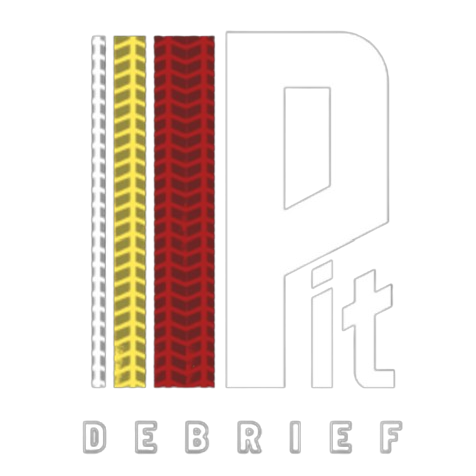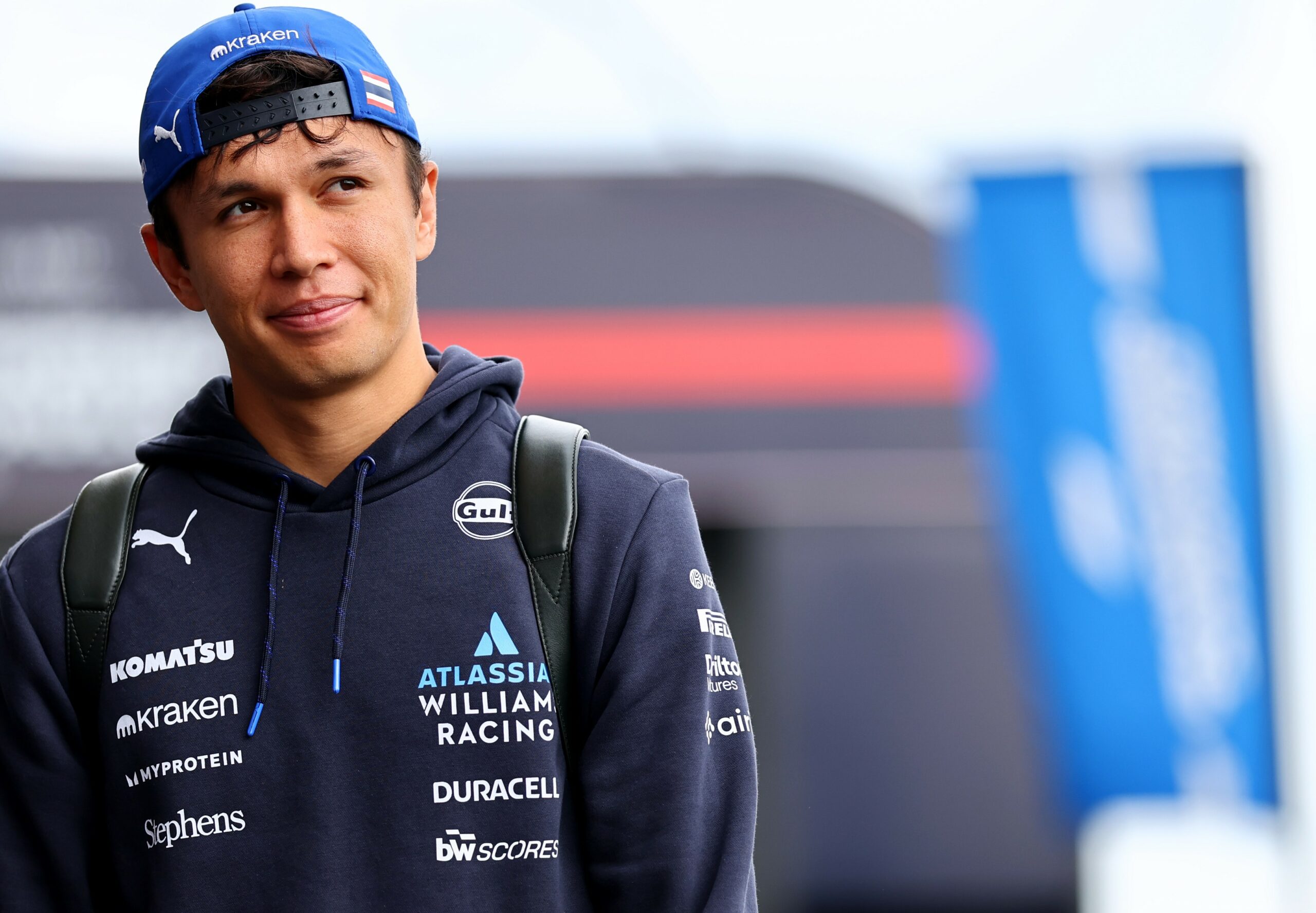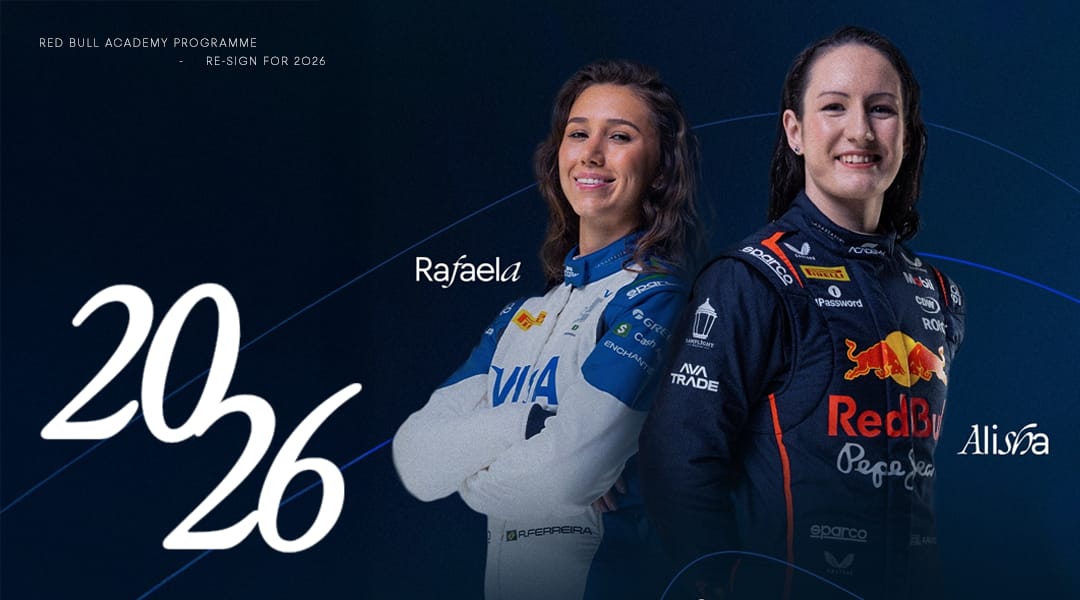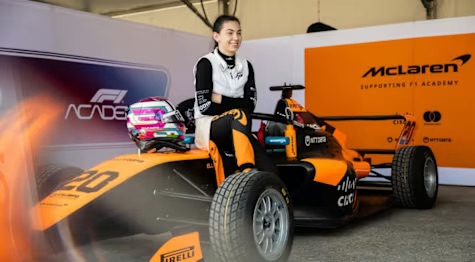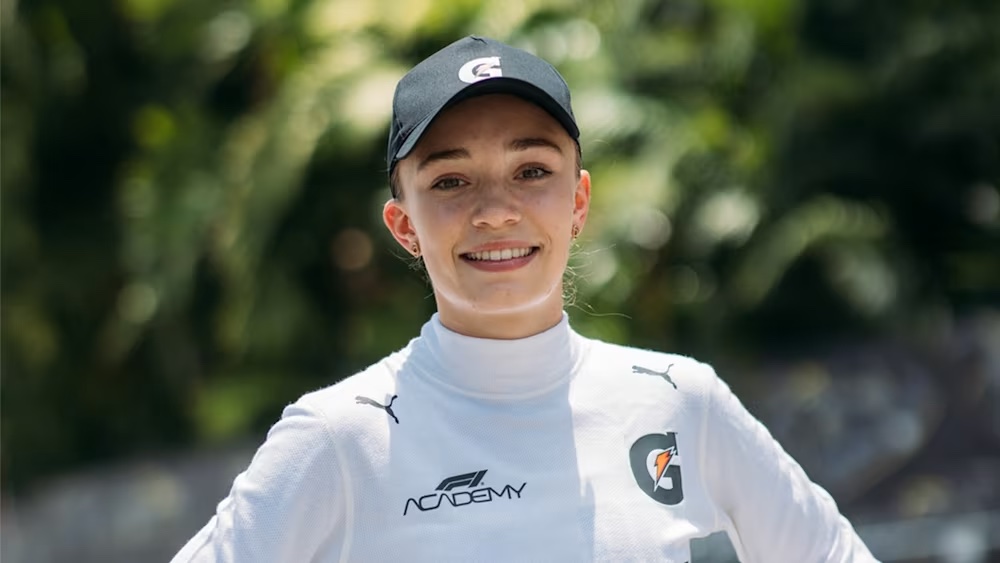Williams driver Alex Albon has called for greater clarity on FIA racing guidelines heading into the F1 Las Vegas GP, as debate continues over the controversial collision involving Kimi Antonelli and Oscar Piastri at the previous round in São Paulo.
The incident occurred during an early-race safety car restart, with Piastri, Antonelli, and Ferrari’s Charles Leclerc going three-wide into Turn 1. Piastri attempted to take evasive action but still made contact with Antonelli, sending the Mercedes across into the side of Leclerc’s Ferrari. While Piastri and Antonelli escaped unscathed, Leclerc became collateral damage in the clash, with his SF-25 too compromised to continue.
After reviewing the incident, the stewards deemed Piastri fully responsible and issued a 10-second penalty, served at his first pit stop, along with two penalty points added to his licence.
Piastri’s Brazil penalty sparks debate
Despite the stewards’ ruling, several drivers expressed differing views. Speaking after the incident, Leclerc told the media in Brazil that he felt the Mercedes driver was equally responsible for the collision, suggesting Antonelli could have raced with more awareness and left Piastri more space.
Others soon chimed in—Carlos Sainz, who assumed the GPDA race director post earlier this year, was particularly vocal about the incident—leading to a broader discussion on FIA’s guidelines and the ways in which they may be clarified or altered going forward.
During media day ahead of the F1 Las Vegas GP, Albon added his voice to the conversation, calling for a clearer, more consistent interpretation of racing guidelines.
Asked to give his thoughts on the controversial clash, Albon agreed with the “racing incident” interpretation, revealing that the incident and its outcome will be reviewed again in upcoming briefings.
“It looks more like a racing incident to me,” Albon said.
“I lean on that side of the fence. I think it would have been [considered a racing incident] if Charles didn’t have to have a DNF. They try not to take into account the consequences of a collision, but inevitably it has to, in many ways… it does spill through. Still a bit confusing.”
“In Qatar, we’re going to go through our list,” he continued. “I believe that’s been added to the list as well. It’ll be interesting to see where the drivers conclude.
Albon admits rule confusion
Albon admitted that unclear guidelines push him to lean on instinct and past experience when deciding what’s fair on track.
“Part of me…I sit on the fence of that. I find it confusing, so I drive to my own version of what’s good racing, clean racing or not,” he said.
“Sometimes the inside-outside priority… Yes, there are elements that—of course I understand the rulebook—but I still adhere to my own version of what’s the correct way to overtake someone and defend from someone. For the most part, that gets me out of trouble.
“But I do get surprised. I think it was with Liam [Lawson] in… I can’t remember what race it was—I think it was Barcelona, Turn 1—for me, where I was a bit like, ‘Okay, these rules, they are what they are.’”
Albon gave credit to the FIA for opening the door to collaboration with the drivers, saying that recent efforts feel less combative and more productive.
The Williams driver continued: “My biggest take from it is I do feel like there is a feeling like the FIA are trying to come up with… There’s no ignorance in their approach to it and there is an open-minded, ‘Okay, please, let’s work on this together and find a solution.’ It’s not this kind of you-versus-us approach. We do appreciate that as drivers.”
F1 drivers call for greater clarity
Albon said there are plans to revisit the topic soon, though he doubts they’ll find a satisfactory solution.
“Will it come to a clear rule set? I’m not sure,” he said. “I don’t know if you’ve seen our drivers’ briefings—they can go on forever. Drivers have different opinions on all sorts of subject matters.
“Personally, I’m not sure how we’ll ever find a solution, but it might just always be the case. It’s always going to be like this. I guess I’m not that optimistic in an approach, but I’m just kind of focused on my own way of racing.”
Back to basics
Albon pointed out that drivers adhered to a much simpler rulebook in the past, arguing that today’s growing list of regulations only adds to the confusion.
“Yeah, I think it’s that thing of once you put rules in, then you can start exploring the rules,” he said.
“I think back when there were less rules, it was more of interpretation. Everyone had a bit more of a systemic approach to what was clean racing and what was not clean racing. You kind of had to build that idea on yourself.
“Someone like Charlie [Whiting, former race director] would come in and be like, ‘Well, that’s not the correct way to do it.’ Back then, it wasn’t that obvious what the rules were, but yet everyone seemed to find common ground on them.
“Whereas now, it’s almost like there’s so many rules and so many rules to respond to, to other rules that made it grey, and then there’s these layers on layers of rules. Then it just becomes confusing.”
“Almost like… I’d prefer it to be stripped back, but then I know that that adds more greyness.”
He jokingly stated he couldn’t imagine being a key figure in the GPDA: “That’s why I don’t want to be a George [Russell] or a Carlos [Sainz] and be a head of GPDA and be in charge of the decisions, because I don’t think any driver would agree. I think every driver has different opinions themselves.”
